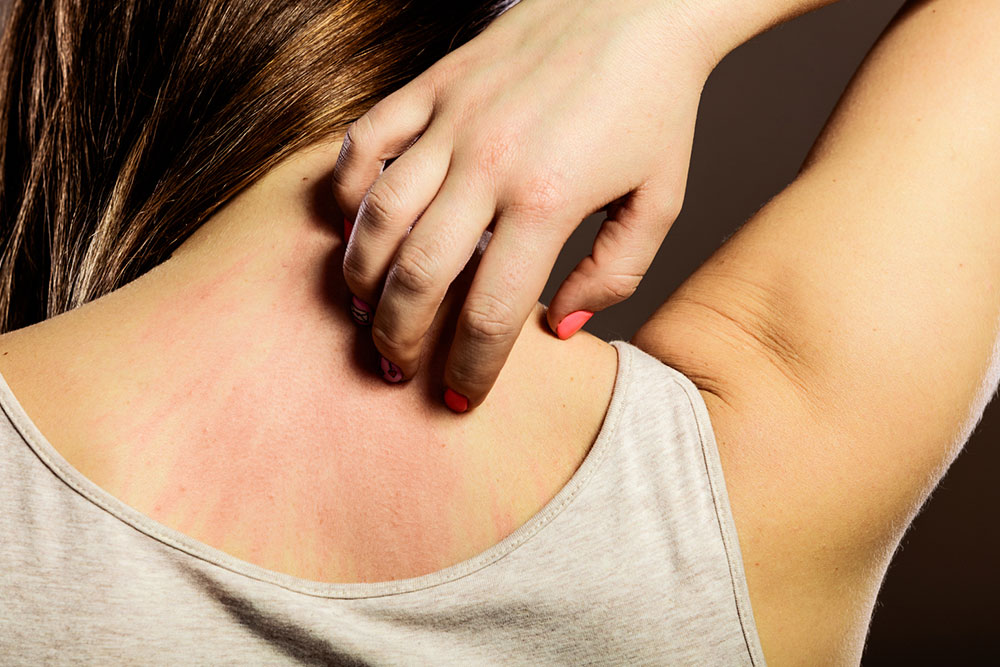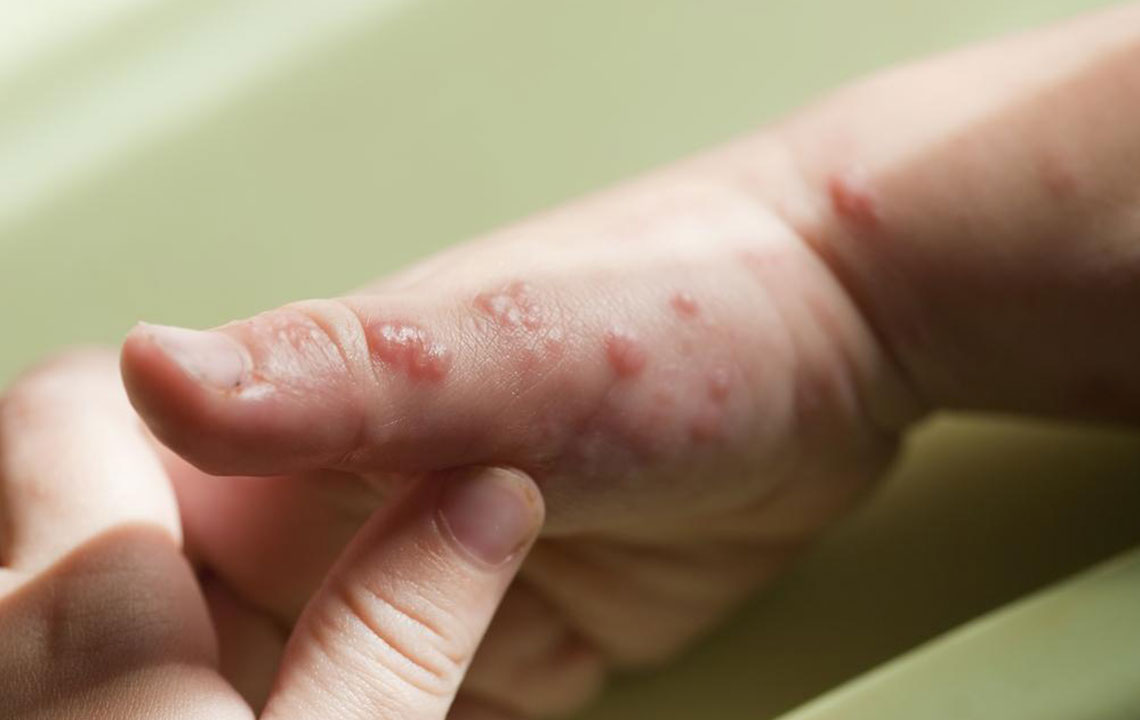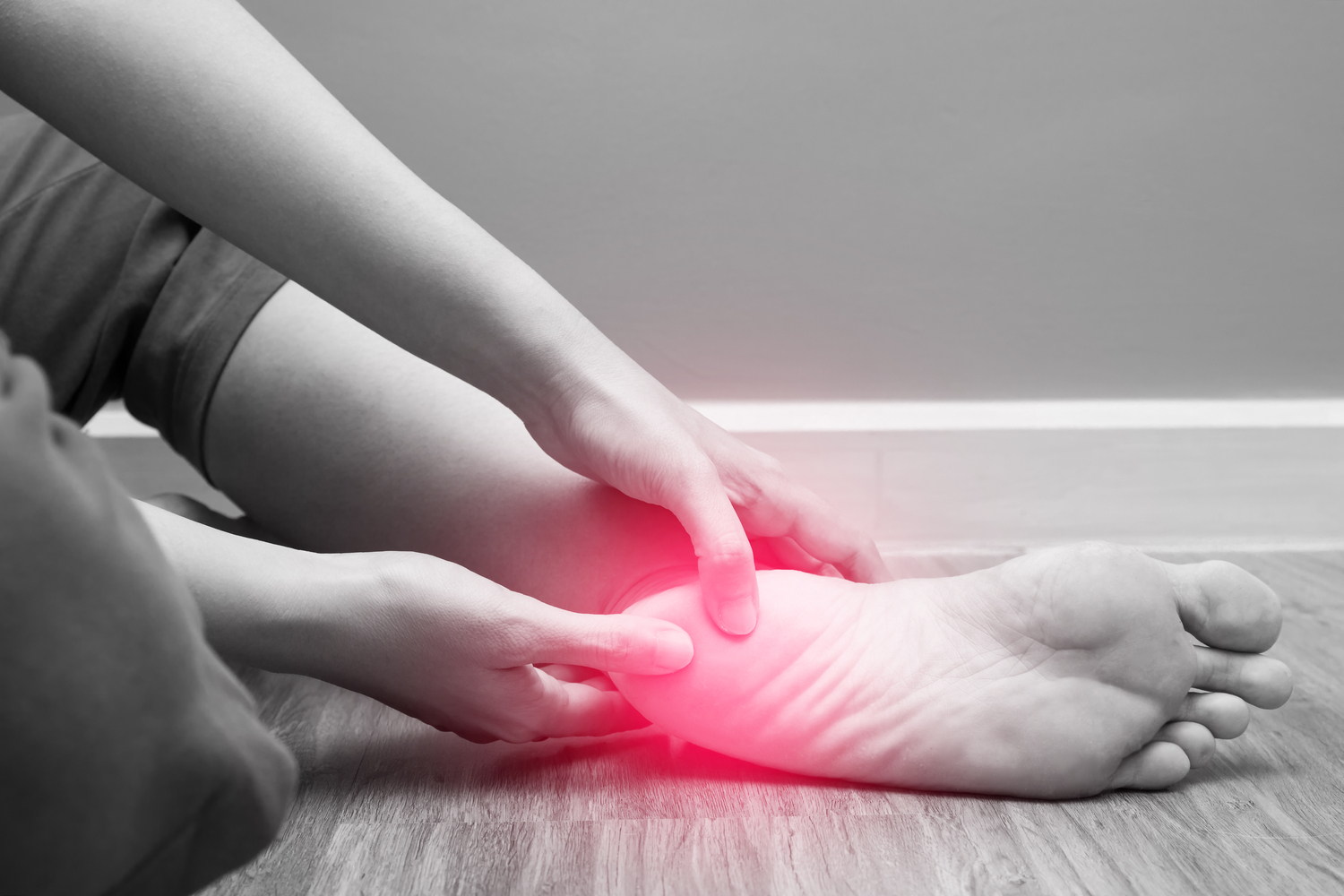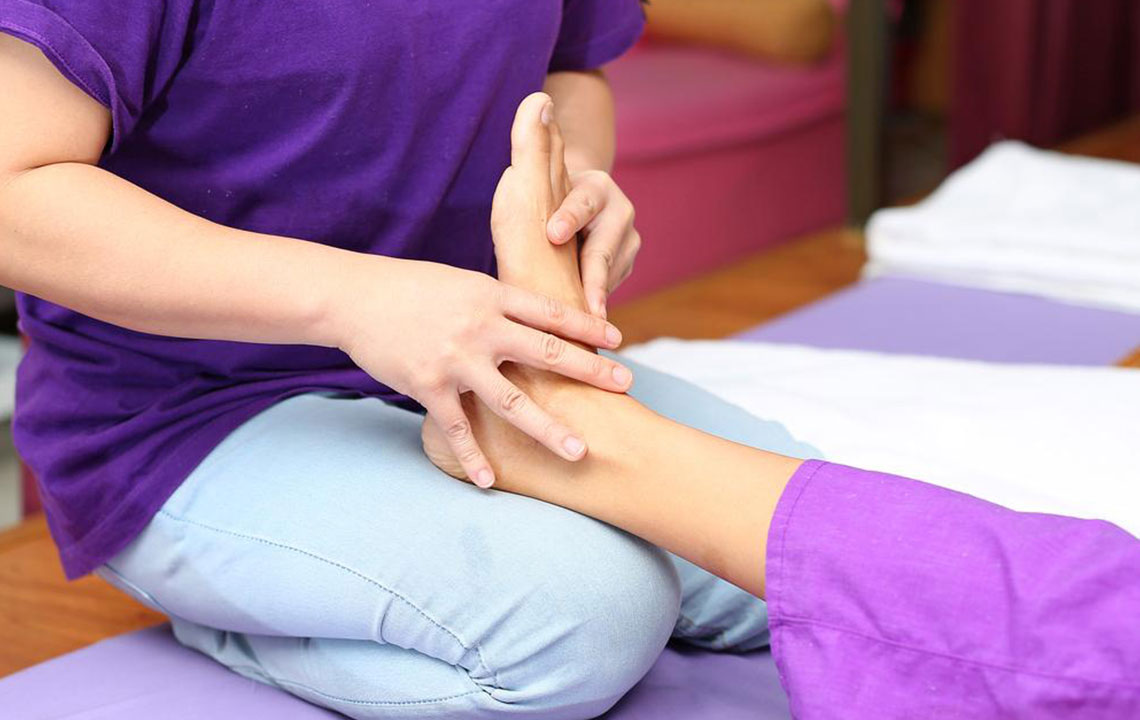Comprehensive Guide to Managing Post-Shingles Discomfort Effectively
This comprehensive guide offers effective strategies to manage post-shingles pain, combining medical treatments, natural remedies, and lifestyle tips. It aims to improve quality of life for those recovering from shingles by providing detailed information on medication options, home remedies, and preventive measures. Always consult healthcare professionals for personalized care to ensure safe recovery from post-shingles discomfort.

Effective Strategies for Reducing Post-Shingles Pain
Living with the lingering pain after shingles can be a challenging experience, often disrupting daily activities and diminishing quality of life. Shingles, medically known as herpes zoster, is caused by the reactivation of the Varicella Zoster virus, the same virus responsible for chickenpox. When reactivated, it travels along nerve pathways, producing a characteristic painful rash on the skin. Although in many cases the pain subsides as the rash heals, some individuals continue to experience nerve pain for months or even years—a condition known as post-herpetic neuralgia. Fortunately, there are multiple strategies and treatments available to manage and alleviate this persistent discomfort effectively.
Understanding the nature of post-shingles pain is essential for applying the proper management techniques. This article provides an in-depth overview of medical options, natural remedies, lifestyle adjustments, and preventive measures that can help reduce pain, promote healing, and improve overall well-being during recovery. Always remember to consult healthcare professionals before initiating any new treatment plan, especially if you have underlying health conditions or are on medication.
Pain Relief Medications for Post-Shingles Discomfort
One of the most common approaches to managing post-shingles pain involves the use of medications. Since nerve damage caused by shingles can lead to chronic pain, healthcare providers often prescribe specific types of drugs aimed at calming nerve signals and reducing inflammation. The following medication categories are frequently recommended:
Painkillers and Analgesics: Over-the-counter pain relievers such as acetaminophen or NSAIDs can help reduce mild to moderate pain. However, for nerve-related pain, stronger medications are often needed.
Tricyclic Antidepressants: Medications like amitriptyline or nortriptyline are effective in reducing nerve discomfort. These drugs work by altering nerve signal transmission, providing significant relief for many patients suffering from neuralgia.
Anticonvulsants: Drugs such as gabapentin and pregabalin are designed to calm overactive nerves, effectively diminishing the sensation of pain associated with nerve damage.
Topical Agents: Capsaicin cream, compounded from chili peppers, can help reduce nerve pain when applied directly to the affected area. It works by depleting substance P—a chemical involved in transmitting pain signals.
Invasive Treatments and Procedures
For severe or persistent pain that does not respond to medication, more targeted interventions may be necessary. These include:
Spinal Epidural Injections: Administered near the spinal cord, these anti-inflammatory injections help decrease nerve inflammation and swelling, alleviating pain profoundly. They are particularly useful when pain radiates along the nerve pathways.
Neural Blockers and Stimulators: In some cases, nerve blocks or implantable stimulators can provide ongoing relief by modulating nerve signals and preventing pain transmission.
Natural and Home-Based Remedies to Ease Post-Shingles Pain
While medications are essential, many patients benefit from natural remedies that promote comfort and accelerate healing. Incorporating these practices into your daily routine can complement medical treatment:
Healing Baths: Soaking in cool water infused with colloidal oatmeal, cornstarch, or baking soda can soothe irritated skin, decrease itchiness, and prevent secondary infections. Ensure the water is not too hot, as heat can worsen blisters. Soak for 15-20 minutes, then gently pat dry and maintain skin hygiene.
Cold Compresses: Applying cold packs or chilled towels to affected areas reduces inflammation, numb nerve endings, and eases discomfort. Repeat several times daily for sustained relief.
Topical Lotions and Creams: Gentle, unscented soothing lotions or creams containing capsaicin or menthol can diminish itching and mitigate nerve pain. Apply right after baths to capitalize on the cooling effects and block pain signals.
Diet and Nutrition: Consuming an immune-boosting diet rich in leafy greens, fruits, lean proteins, and omega-3 fatty acids supports tissue repair and combats inflammation. Limit intake of sugar, processed foods, saturated fats, and alcohol, which can exacerbate inflammation.
Herbal and Alternative Therapies: Natural remedies like lemon balm, green tea, and supplements such as omega-3 fatty acids may assist in healing. Always consult your healthcare provider before starting herbal treatments to ensure they're safe for your specific health condition.
Baking Soda and Cornstarch Paste: Mix two parts baking soda with one part water to create a soothing paste. Apply this to the rash for 15-20 minutes to reduce pain and itching. Rinse thoroughly after use and follow with appropriate skin care routines.
Lifestyle and Preventive Measures
Besides direct treatments, lifestyle modifications can significantly influence recovery and the severity of post-shingles pain:
Stress Management: Chronic stress can impair immune function and delay healing. Techniques such as meditation, deep breathing exercises, and yoga can help reduce stress and promote healing.
Proper Rest and Sleep: Adequate sleep facilitates tissue repair and immune response. Maintain a regular sleep schedule and create a calming bedtime routine.
Skin Care and Hygiene: Keep affected areas clean and dry. Use gentle soaps and avoid scratching to prevent secondary infections and further nerve irritation.
Vaccination: The shingles vaccine, recommended for individuals over 50 or those at risk, significantly reduces the chances of reactivation and subsequent nerve pain.
When to Seek Medical Attention
If post-shingles pain becomes severe or unmanageable, or if new symptoms such as weakness, numbness, or worsening skin changes occur, consult your healthcare provider promptly. Persistent pain can sometimes indicate nerve damage requiring specialized interventions. Regular follow-up care ensures optimal recovery and health management.
In conclusion, managing post-shingles discomfort requires a combination of medical treatments, natural remedies, lifestyle adjustments, and preventive strategies. Personalized care tailored to your specific condition can enhance recovery, reduce pain, and improve daily functioning. Always seek advice from qualified healthcare professionals before beginning any new treatment or remedy to ensure safety and effectiveness.





